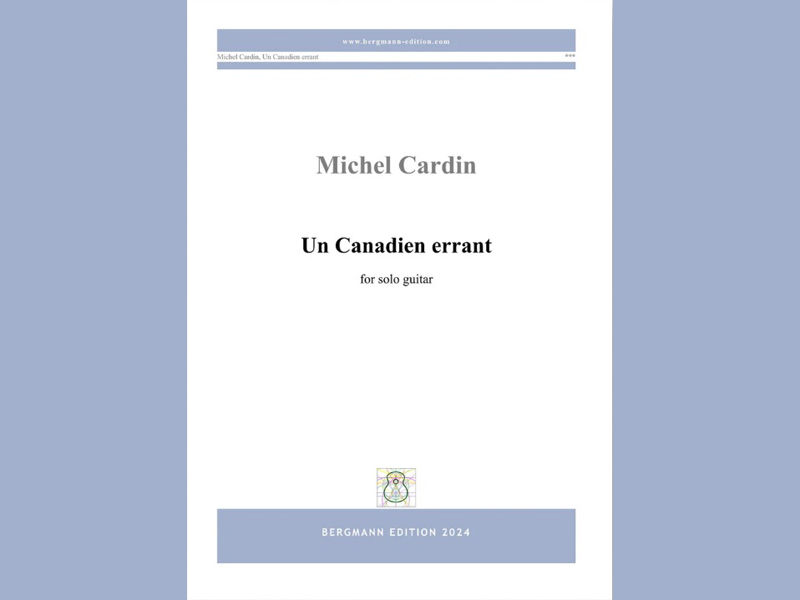Franco Cavallone :10 Progressive Studies : DOz
- chrisdumigan
- Apr 4, 2021
- 2 min read
Updated: Jun 7, 2022

Franco Cavallone
Les Productions D’Oz: 12 pages
These pieces were all written in the 90s when pupils needed pieces that would match their technical capabilities when attending courses that Cavallone taught at.
So the start at the Moderato No1, which has a serious melody interwoven with long accompaniment chords that make their presence felt every few seconds. Everything is in the first 5 frets with no accidentals of any sort.
No2 is an Andante where a melody moves from the top voice to the bottom, accompanied by various harmonic ideas and moreover moving through a number of different time signatures.
No3, without a speed marking, is similar in vein to the previous but this time occasionally having an extra voice or two in the middle.
No4, Allegretto is set in Am and has a number of runs, helped along by hammer-ons underneath some accompaniment chords. This then suddenly moves into a melody intermingling straight quavers with triplet quavers before returning to the opening idea for the coda.
No5 is an Andante Molto Tranquillo that begins easily enough in two voices before moving into a number of arpeggiated chords marked to be played with the index finger only from the high to the low strings, accompanied by some bass notes. This then speed up into a mixture of 2/4 and ¾ giving it a restless feel, before the strummed broken chords take over for the coda.
No6 carries on in the same vein with an Espressivo Molto melody that builds into an almost Spanish idea before returning to the opening idea and the coda.
No7 is marked Mosso, and is a mixture of 5/8, 6/8, and 7/8, set in two, and sometimes 3 voices with plenty of off – beat accents and lots of rhythmic diversity.
No8 has a constant open E crotchet throughout 44 bars, underpinned by various note clusters, harmonic notes, and occasional arpeggios, before a harmonic E is added to the 3rd E in every bar, at which point the piece continues for another 40 odd bars in a similar vein, before closing finally on the repeated Es
No9 is an entire piece of harmonics written in 5/4 and an Allegretto using 4th, 5th, 7th, 9th and 12th harmonics in a melody that bobs around the fingerboard and the strings, and tasks the player considerably. At the very end the solo line becomes pairs, and then finally a cluster of three notes.
The final No10 is quite a piece, written in 3 / 4 (apart from the final 3 bars that are in 2/4 and 7/4) and a piece that really takes some reading, as it is two vastly different melodic parts, often with multiple accidentals that are going at the same time, and for much of the time in continuous quavers.
All in all, this set is really interesting, does indeed prove to be very useful for teachers and I can see that a great many pupils would benefit from this set in any number of ways.
Chris Dumigan




Comments